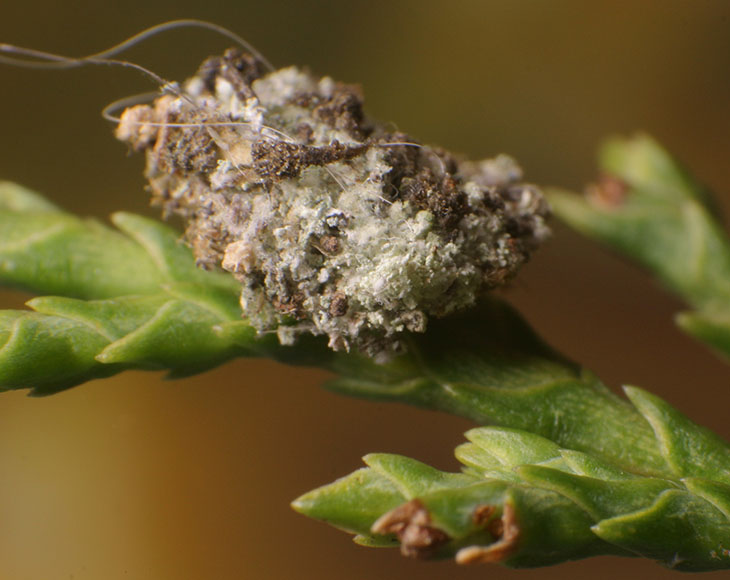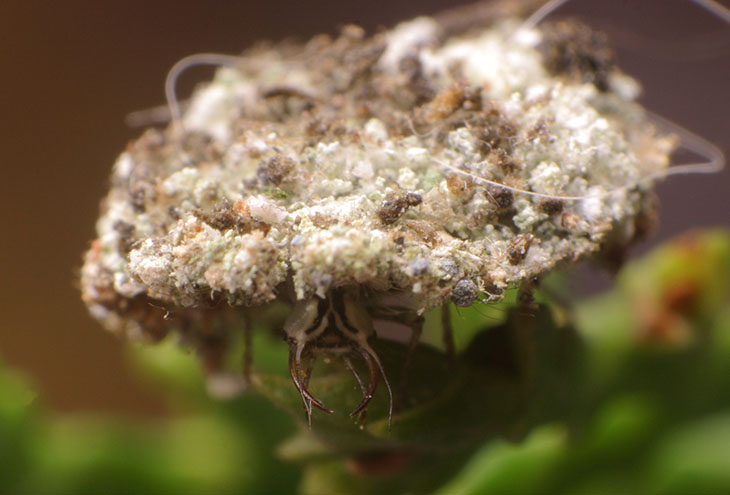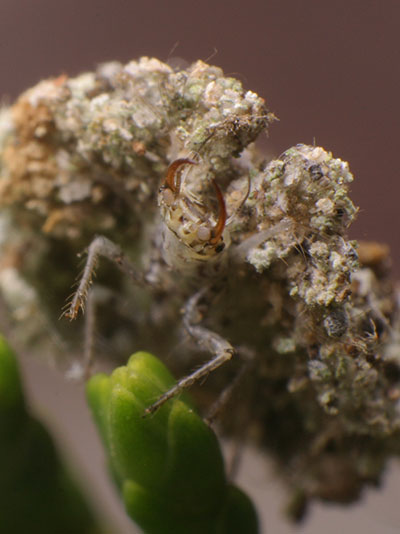Today marks the day we’ve all been waiting for, and by “we” I mean those of us in the northern hemisphere who don’t like the axial tilt of the planet. Yes, today is the day the days no longer day get shorter; from here on out the days will be getting longer. No, that’s not true at all, the days are the same length as always – it’s simply that the time period of the sunlit portions will be increasing over the non-sunlit portions. Dance in the streets, it’s the winter solstice!
It’s also the first day of winter, which shows that things just aren’t as orderly as a mathematician would have planned, since the solstice should fall in the middle of the season, shouldn’t it? Or there be no such thing in the first place. But anyway, this encroaching season is apparent right now by it being 20°c (70°f) outside as I type this. Brrr!
 Anyway, in days gone by I’ve recognized this barely-noticeable event by going back to see what I was photographing during the summer solstice, finding that I had no digital images (the only ones with dependable date stamps) from those particular days anyway – I don’t take photos every day, though some people I know have a hard time believing this. So this time around, I just decided to see what I could find today.
Anyway, in days gone by I’ve recognized this barely-noticeable event by going back to see what I was photographing during the summer solstice, finding that I had no digital images (the only ones with dependable date stamps) from those particular days anyway – I don’t take photos every day, though some people I know have a hard time believing this. So this time around, I just decided to see what I could find today.
At left, one of the green lynx spider pups (Peucetia viridans) that I’ve been keeping an eye on, this one on the rosemary again, one of many. This is pretty much how they’re found every time, since this isn’t the season for huge amounts of activity; apparently they plod through the winter on little sustenance, perhaps whittling away at their stores of fly jerky.
But before long I discovered an old friend, if by friend you think of a species that has bitten both The Girlfriend and I for no good reason (you tend to make definitions work for you when you’re desperate.) Along a fencepost wandered an animated patch of lichen, and astute naturalist that I am, I can inform you that lichen is not particularly known for perambulation in the absence of gravitationally-animated stones. Therefore, something was up under the surface. With the skill of long experience, I captured it without harm to it or myself, though at times this was touch-and-go, and brought it in to photograph in a little more control on a sprig of cypress.

Having cats in the house, hairs frequently have to be removed from macro scenes, but in this case they’re part of the insect’s handiwork. Tarsiwork. Whatever. This is the larva of some species of green lacewing fly, family Chrysopidae, which camouflages itself with whatever debris it can find and forages as a ambulatory junkheap, much like some cars I have driven. The actual material used is not always moss – most times I’ve seen molted exoskeletons from other species, sometimes leaf litter, and in one case an artfully posed dead ant (this was probably a Viking subspecies.) Getting a good look at the insect itself takes particular angles and a bit of luck and/or patience. Below my model peeks out from under its mask, perhaps hoping for a kiss from Mary Jane (no, that’s not a drug reference, but a Spider-Man one… look, just… never mind.)

 These insects were the subject of my first “Too cool” post, and I’ve encountered them many times since. If you look closely at the above image, against the bright green leaf to the right of the head, you’ll see a few threads poking out from under the toupee, and these are actually part of the anatomy, also vaguely visible in the image at right, sprouting from a stalk at its shoulder. Also visible is the high-contrast coloration, which has me puzzled, since the insect goes to great effort to completely cover this. Perhaps it is useful at some other point in the life cycle, or maybe it’s just vestigial remnants from previous species on the evolutionary tree; other current species of lacewing do not actively disguise themselves at all, and some have mottled patterns while others hide in sand traps as ant lion larva and remain unseen for most of their juvenile stage. Or maybe, and I wonder if this idea has been carefully considered by entomologists, the coloration is the reason why lacewing nymphs cover themselves with debris, like teenagers who wear a heavy coat to try and conceal the ugly sweater from grandma that they’re made to wear. It’s the right age, after all – this could be the insects’ Grunge Phase. I think I’m onto something here.
These insects were the subject of my first “Too cool” post, and I’ve encountered them many times since. If you look closely at the above image, against the bright green leaf to the right of the head, you’ll see a few threads poking out from under the toupee, and these are actually part of the anatomy, also vaguely visible in the image at right, sprouting from a stalk at its shoulder. Also visible is the high-contrast coloration, which has me puzzled, since the insect goes to great effort to completely cover this. Perhaps it is useful at some other point in the life cycle, or maybe it’s just vestigial remnants from previous species on the evolutionary tree; other current species of lacewing do not actively disguise themselves at all, and some have mottled patterns while others hide in sand traps as ant lion larva and remain unseen for most of their juvenile stage. Or maybe, and I wonder if this idea has been carefully considered by entomologists, the coloration is the reason why lacewing nymphs cover themselves with debris, like teenagers who wear a heavy coat to try and conceal the ugly sweater from grandma that they’re made to wear. It’s the right age, after all – this could be the insects’ Grunge Phase. I think I’m onto something here.
Some time back, both out of curiosity and for a presentation I was working on, I TSA’d another that I’d found and got some images in all its naked g[l]ory, showing off the elaborate structures it grows solely, I believe, to support this camouflage. You should appreciate this (money’s fine,) since these insects are perhaps 6mm long and the appendages are delicate, so removing the debris took careful work with some small tools. The things a nature photographer does…

The camouflage isn’t so much a mystery now at all, is it? I’d cover up too if I looked like that, instead of being the devastatingly handsome specimen that I am. A suspicion is growing, and I now want to go back and see if there’s any evidence of this species existing before we started nuclear testing. Though neither The Girlfriend or I have displayed any superpowers since being bitten, so maybe I’m barking up the wrong tree. Interesting, though, is considering this from an evolutionary standpoint, since these appendages are pretty specialized and need to be augmented by behavior as well, to actually place the camouflage, while it seems much easier to just evolve protective coloration like most species do. Then again, the teenager hypothesis gains another point in its favor, since they always have to do things the hard way…
And while this wasn’t the original intention, this image goes nicely with the post title as an additional meaning – I’m clever as well as stunning. It’s homage, of course, to Young Frankenstein. But you already knew that – people so lacking in class as to be unfamiliar with every line from that film surely wouldn’t be visiting this site…




















































